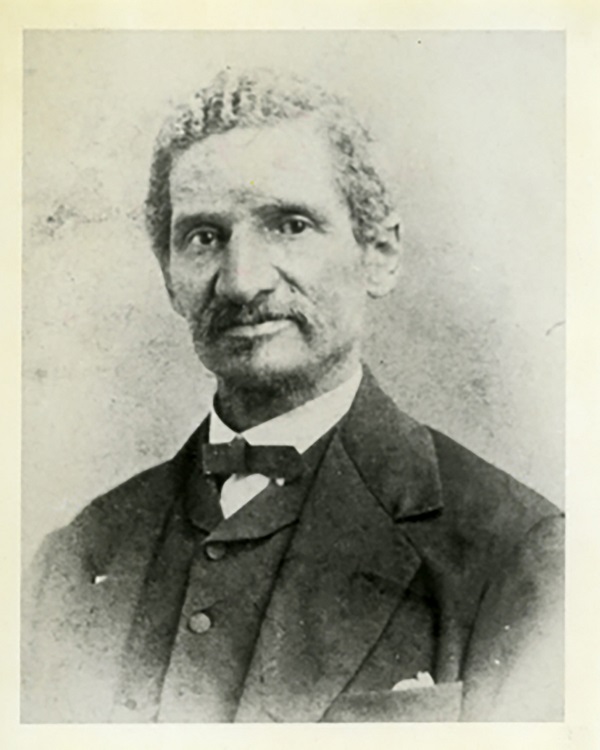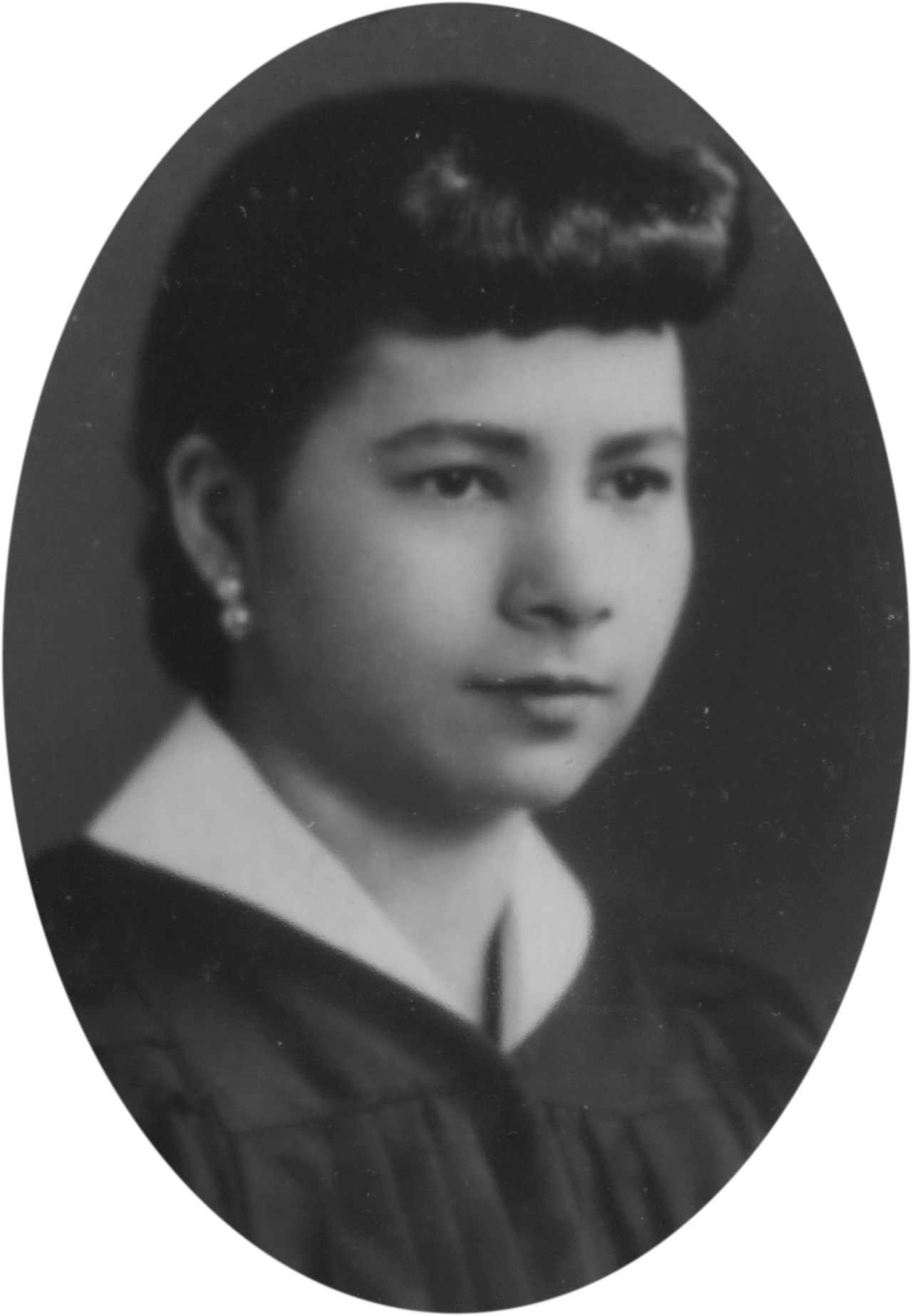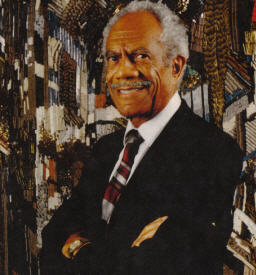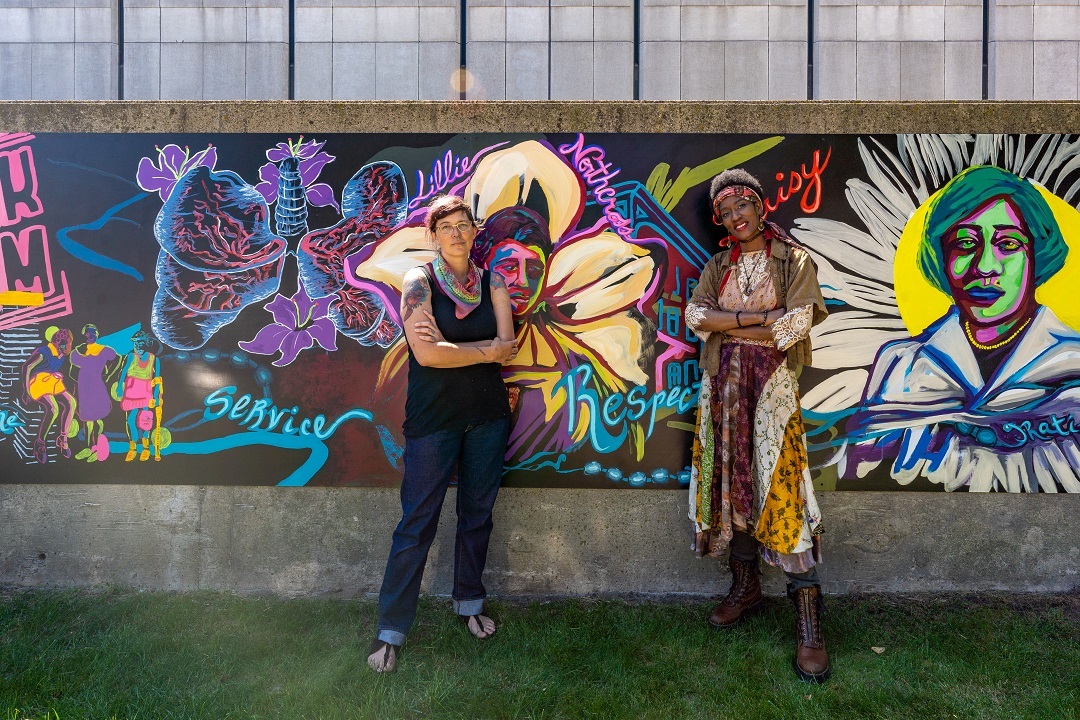
February is Black History Month in the United States. The Wayne State University School of Medicine has a storied history of African Americans students, faculty and graduates that dates back to a mere year after the medical school was founded.
Joseph Ferguson, M.D., graduated from what was then Detroit Medical College, in 1869. He became the first Black man in Detroit – and most likely in Michigan – to earn a medical degree.

Fast forward more than 150 years, and the school hit another milestone in 2019 – the 50th anniversary of the Post-Baccalaureate Program, founded in 1969. It was the first of its kind in the nation. Initially launched to address the dearth of Black students entering medical schools, the free program immerses students into a year-long education in biochemistry, embryology, gross anatomy, histology and physiology. Many who graduated from the program were accepted into the WSU School of Medicine, but the program also served for several years as a major pipeline for Black students into medical schools across the nation. Today, the program accepts economically or educationally disadvantaged first-generation college students.
In between, the school continued to play a major role in addressing the physician workforce in America and bridging the gap in health disparities and health outcomes.
The WSU School of Medicine was founded in 1868 by four Civil War veteran physicians. At the same time, the first medical school in the county that was open to all people, Howard University Medical Department, opened in Washington, D.C., under the direction of Civil War veteran and Commissioner of the Freedmen’s Bureau, Gen. Oliver Howard. One year later, in 1869, the Detroit College of Medicine and Howard University graduated their first Black physicians.
Albert Henry Johnson, M.D., became the third Black graduate of the Detroit College of Medicine, in 1893. Dr. Johnson was one of the founders of Dunbar Hospital, the first Black non-profit hospital in Detroit.

In 1926, Chester Cole Ames, M.D., graduated from the Detroit College of Medicine and Surgery. He was the first Black physician to obtain an internship in Urology at a white hospital in Detroit, but he was never allowed to join the staff. Dr. Ames was Detroit’s first Black intern, resident and member of the Wayne University medical faculty. He cofounded three Black hospitals in Detroit, but was never granted privileges to practice his specialty in white hospitals.
Some 17 years later, Marjorie Peebles-Meyers, M.D., graduated from the Wayne University College of Medicine, the school’s first Black female graduate. She was also the first Black female resident at Detroit Receiving Hospital, the first Black chief resident at Detroit Receiving Hospital, the first Black female appointed to the WSU medical faculty and the first Black female to join a private white medical practice in Detroit. After retiring, she began a second career as the first Black female medical officer at Ford Motor Co. World Headquarters. Dr. Peebles-Meyers received many awards and honors, including induction into the Michigan Women’s Hall of Fame.

The same amount of time elapsed before physicians Thomas Flake Sr., M.D., Class of 1951; Addison Prince, M.D.; William Gibson, M.D.; and James Collins, M.D., were appointed to the staff at Harper Hospital, thereby integrating the Detroit Medical Center hospital staff.
Five years later, Charles Whitten, M.D., became the first Black physician to head a department in a Detroit hospital when he was named clinical director of Pediatrics at Detroit Receiving Hospital. He was also founder of the Sickle Cell Detection and Information Center, the most comprehensive community program in the country, and facilitated the creation of the National Association for Sickle Cell Disease.
In 1981, Alexa Canady, M.D., became the first Black woman neurosurgeon in the United States. Dr. Canady went on to serve as professor in the WSU Department of Neurosurgery. She was named one of the country’s most outstanding doctors by Child magazine in 2001.
Around 1988, two School of Medicine students – Don Tynes, M.D. ’95, and Carolyn King, M.D. ’93, -- established Reach Out to Youth to introduce children 7 to 11 in underrepresented populations to the possibility of careers in science and medicine. Since then, the hands-on, workshop- and activity-focused program has been presented annually by the School of Medicine’s Black Medical Association, a chapter of the Student National Medical Association.
In 1995, Charles Vincent, M.D. '58, a faculty member in the Department of Obstetrics and Gynecology, was appointed to the Membership Committee of the American Medical Association, making him the first Black doctor appointed to the committee after the AMA’s founding 148 years earlier. He also helped develop the aforementioned Post-Baccalaureate Program.
In 2017, Cheryl Gibson Fountain, M.D., FACOG, a 1987 graduate, was named president of the Michigan State Medical Society. The obstetrician/gynecologist served a one-year term as the society’s first Black woman president.

In September 2022, members of the community and area churches came together with Wayne State University officials and students at the Wayne State University School of Medicine to celebrate a new outdoor mural commemorating African American progress in the medical field in Detroit. The mural, the product of a public humanities initiative to connect a multidisciplinary team of physicians, artists, students and activists with the broader community to celebrate the history of diversity in medicine and public health at WSU and in the city, was installed that June on the 375-foot-long public-facing concrete wall along the sidewalk north of Scott Hall, on the south side of Canfield Street.
In 2023, the School of Medicine’s End Race-Based Medicine Taskforce was launched to dispel and extinguish the misguided belief that individual races are biologically distinct groups determined by genes, and terminate medical practices and research that adhere to that concept. Co-created by Ijeoma Nnodim Opara, M.D., assistant professor of Internal Medicine and Pediatrics, and Latonya Riddle-Jones, M.D., M.P.H., assistant professor of Internal Medicine and Pediatrics, the taskforce includes representation from institutional leadership, students, residents, faculty, and community members and leaders, including those from the School of Medicine, Wayne Health, the Detroit Medical Center, the Barbara Ann Karmanos Cancer Institute, the Detroit Health Department and the Michigan State Medical Society.
Today, the push for further diversity, more inclusion and the elimination of health disparities continue to shape the future of the School of Medicine, from student-led efforts to longitudinal research projects dedicated to the health of Black Americans.